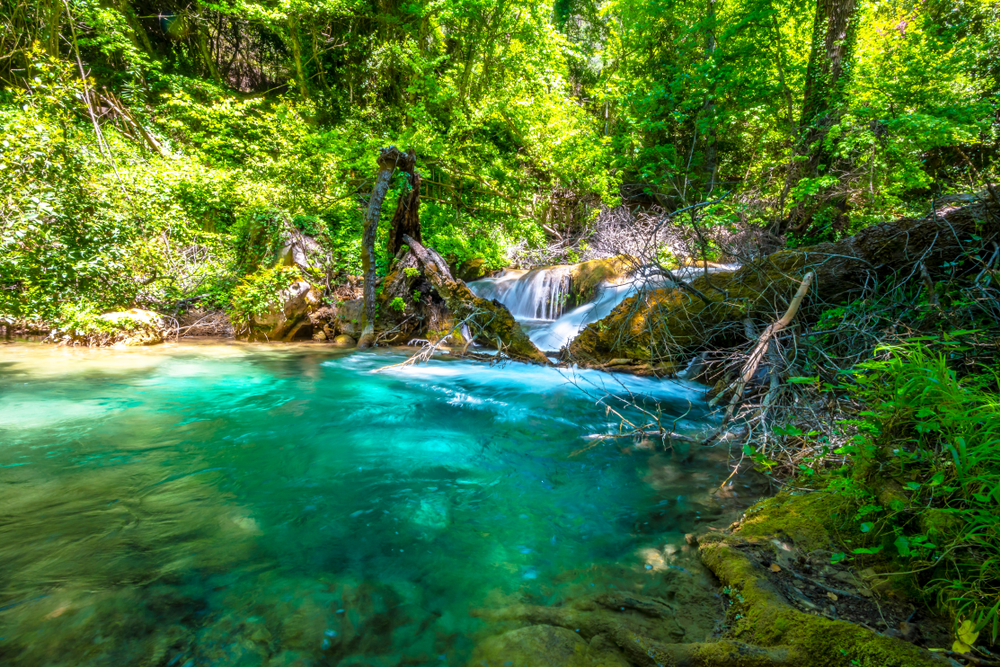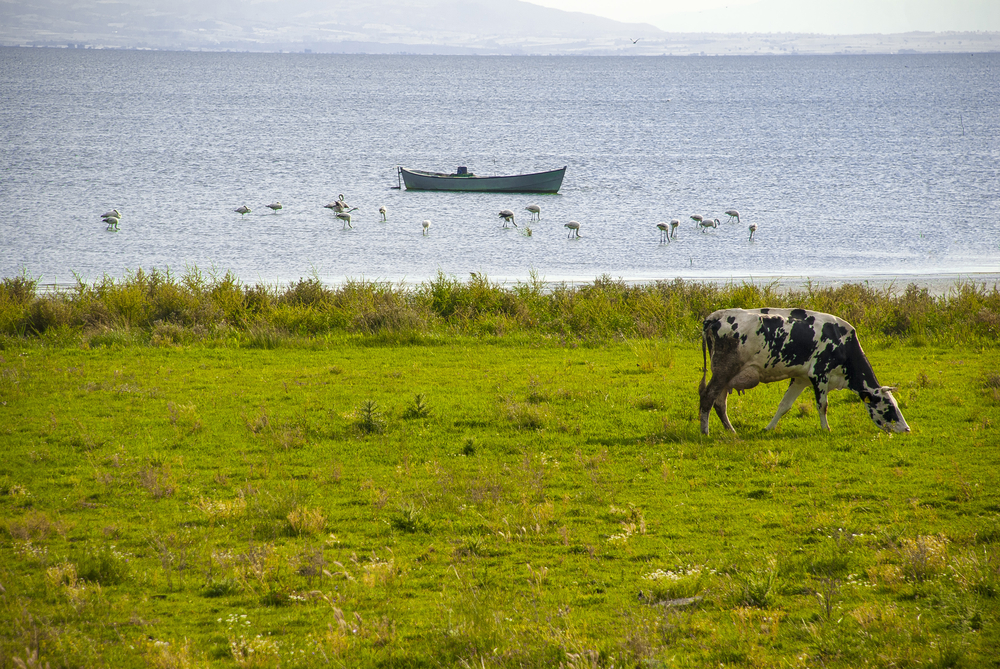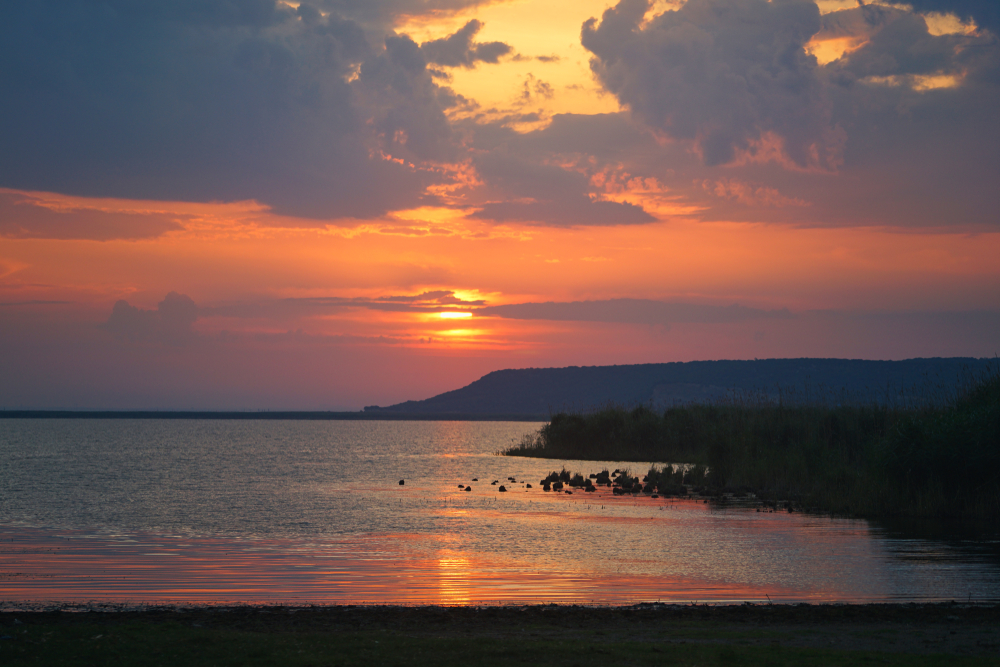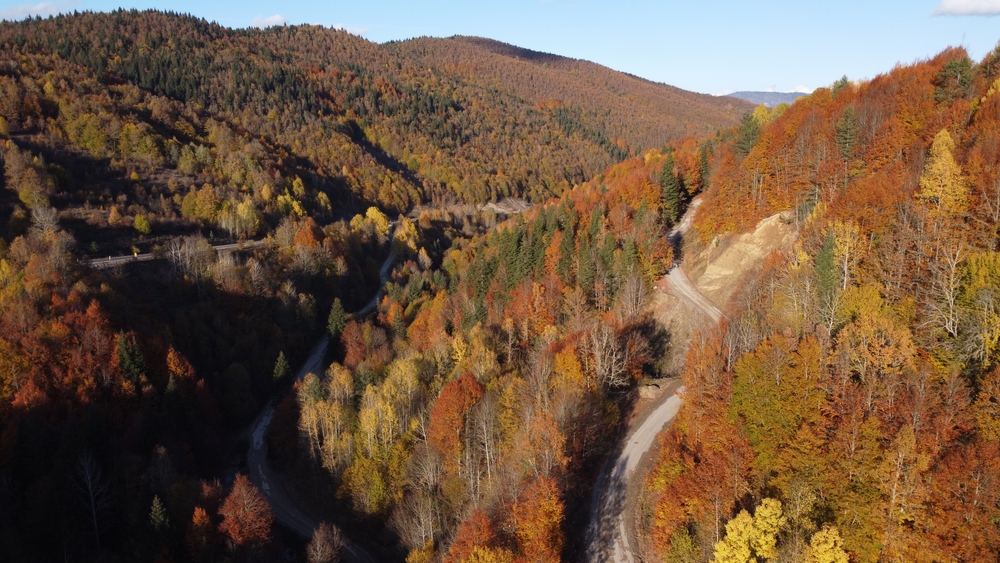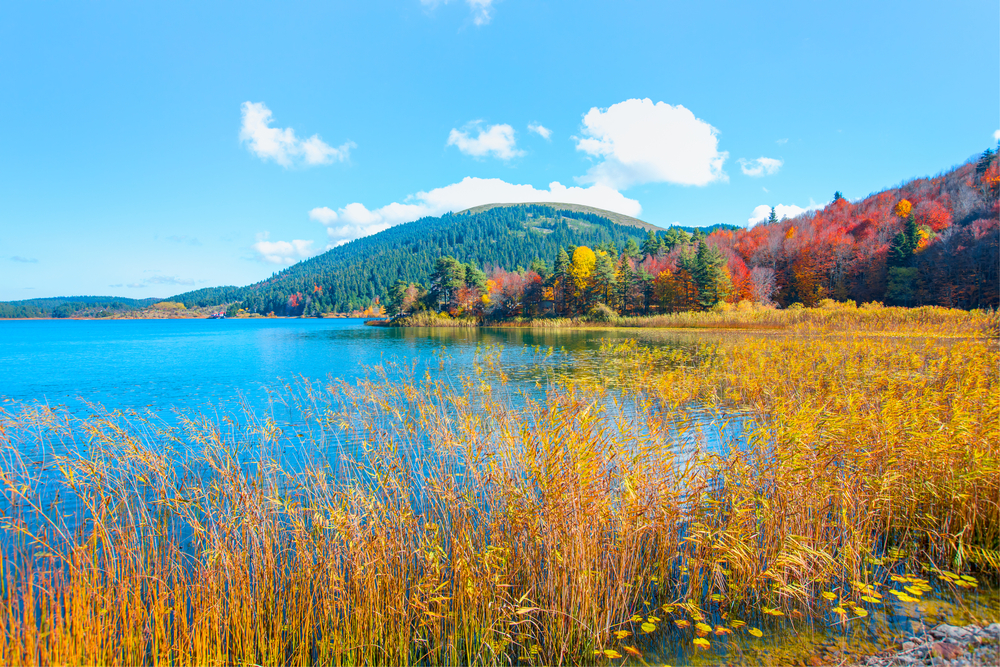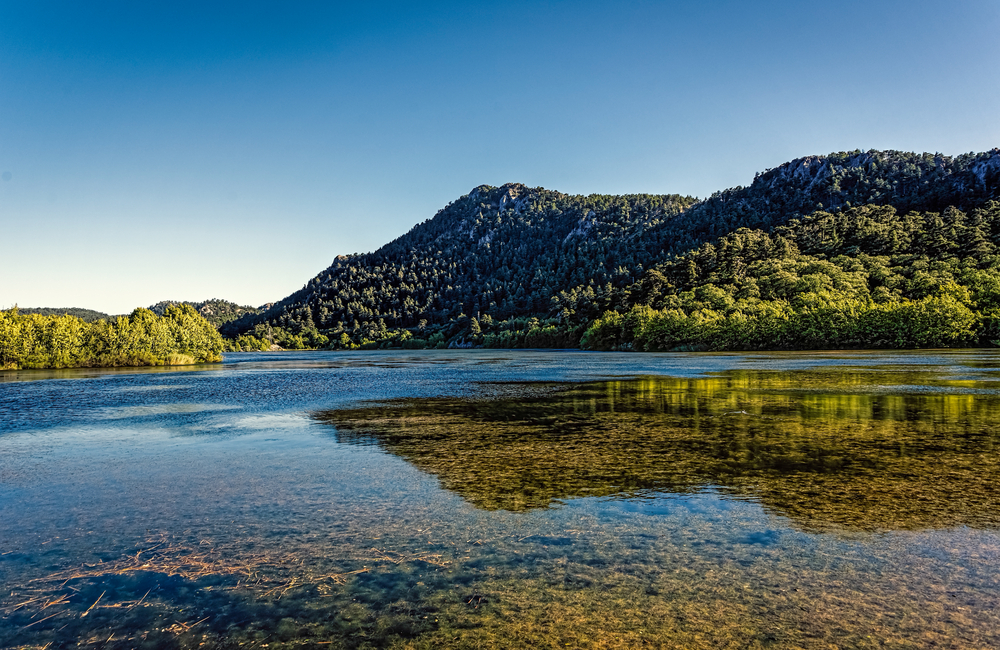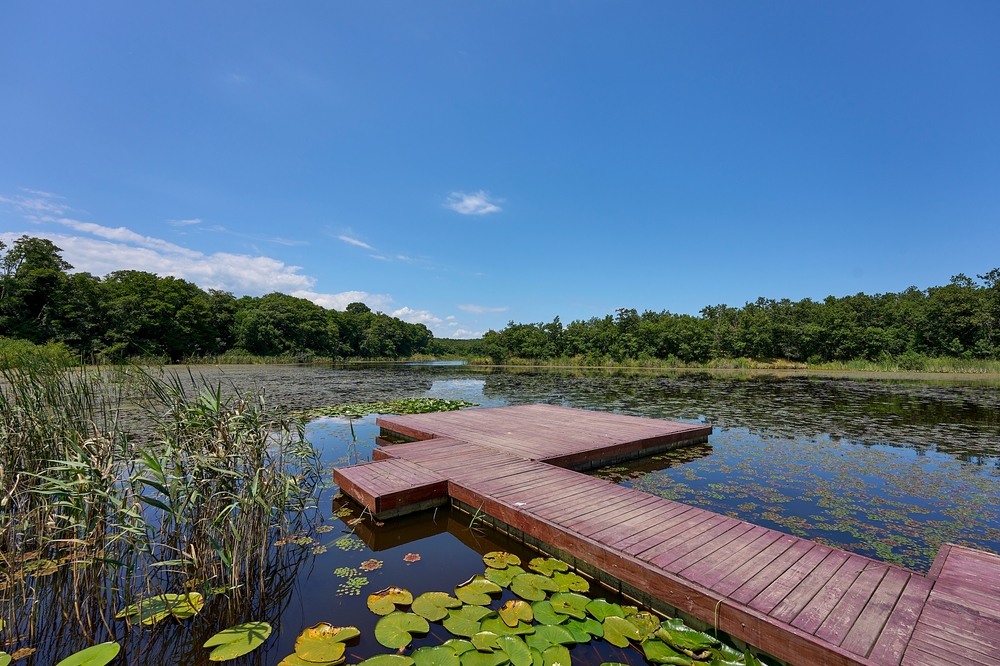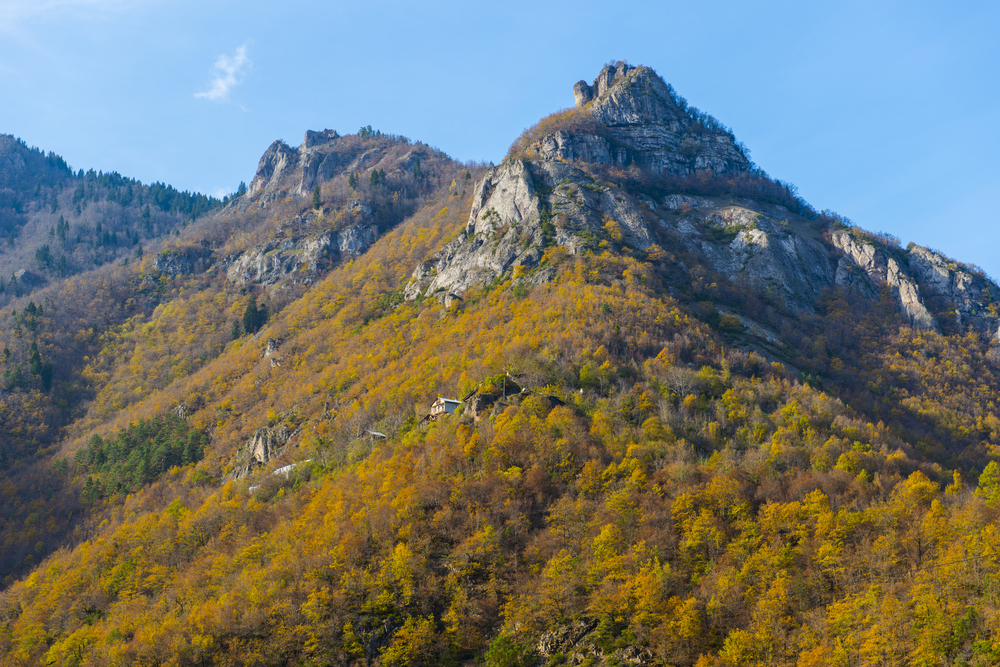Marmaris Overview
Marmaris National Park, known locally as Marmaris Milli Parkı, is located in the southwestern part of Turkey within the Muğla Province. Encompassing an area of approximately 46.3 square miles (120 square kilometers), the park is situated near the coastal resort town of Marmaris along the Aegean Sea.
The park’s geographic position places it in a transitional zone between the Mediterranean and Aegean ecosystems, contributing to its rich biodiversity and scenic landscapes. The terrain is predominantly mountainous and hilly, with the rugged Bozburun Peninsula shaping much of its coastal boundary. Dense pine forests, dominated by Turkish red pine and maritime pine, blanket the interior, while maquis shrubland and olive groves spread across the lower elevations and valleys.
The coastline offers dramatic cliffs, secluded coves, and azure bays that are characteristic of the Turkish Riviera. Among its most striking features is the lush Günnücek Forest, notable for its unique sweetgum trees, an ancient species producing aromatic resin used for medicinal and cosmetic purposes.
The park’s varied ecosystems provide habitats for a range of wildlife. Visitors might encounter key mammal species such as wild boars, foxes, martens, and possibly the elusive caracal, a medium-sized wild cat native to the region. Reptiles and amphibians, including several lizard and frog species, are also common in the park’s warmer and wetter zones.
Birdwatchers are drawn to the park for its diverse avian life, including Bonelli’s eagle, Eurasian hoopoe, and various species of woodpeckers and owls. The forests and coastal wetlands support migratory and resident birds, making the park a seasonal hotspot for ornithological observation.
Marmaris National Park is known for its picturesque coastal walks and panoramic views of the Aegean Sea. The Cleopatra Island (Sedir Island), just offshore from the park, is particularly popular with visitors for its unique golden sand beach and historic ruins attributed to ancient civilizations.
Another highlight is the array of scenic trails that wind through pine forests and lead to tranquil picnic areas, limestone cliffs, and hidden bays. The park’s natural beauty is also enhanced by the presence of karstic formations and small caves, adding to its geological interest.
Visitors engage with the park through a variety of recreational activities such as hiking, mountain biking, and birdwatching. The park’s proximity to Marmaris makes it easily accessible for day trips, and many visitors arrive by boat to explore its marine fringes.
Water-based activities like kayaking and snorkeling are especially popular along the park’s crystal-clear coves. Designated camping areas and eco-friendly facilities support overnight stays, allowing for deeper immersion in nature.
Conservation efforts in Marmaris National Park are focused on preserving its endemic flora, protecting critical wildlife habitats, and managing the impact of tourism. Forest fires, illegal development, and human encroachment pose ongoing challenges, particularly during peak tourism seasons.
However, the park has seen success in reforestation programs and the controlled development of visitor infrastructure to minimize ecological footprints. Continuous monitoring by park authorities and cooperation with local stakeholders have strengthened conservation strategies aimed at balancing human enjoyment with ecological preservation.








































































